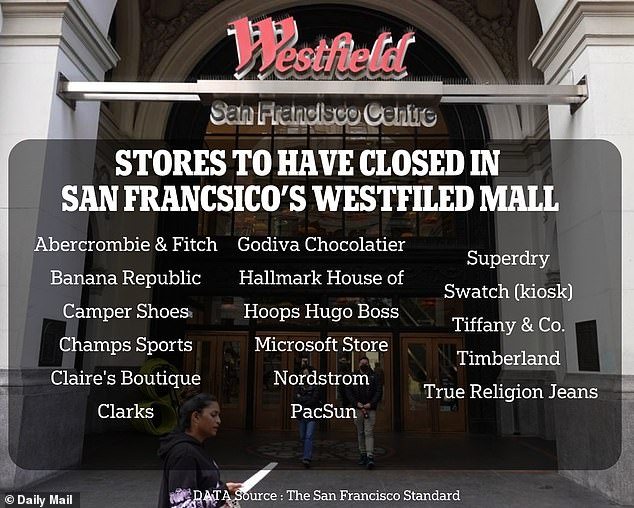by Brian Shilhavy, Health Impact News:

The human population has become increasingly urbanized for compelling reasons that have been in play since cities were founded thousands of years ago.
In a nutshell, cities offer greater economic / social opportunities and more novelty, variety and excitement.
Cities became possible when agricultural surpluses enabled labor to become specialized. This increased:
1. productivity, as skilled workers in workshops, mills, kilns, etc. could produce more goods per unit of time than households;
TRUTH LIVES on at https://sgtreport.tv/
2. transportation, enabling the expansion of trade of commodities from rural areas and manufactured goods from other cities;
3. commerce, as goods could be warehoused in secure entrepots and sold in markets that attracted buyers from the entire region;
4. governmental services, as taxes on all this activity funded infrastructure and state and military functions;
5. non-governmental functions such as temples, schools, the arts and entertainment.
On the downside, cities were crowded and unsanitary and thus killing zones. Cities relied on mass in-migration of new residents to offset the horrendous annual death toll from cholera, plague and other infectious diseases.
Other hazards included conflagrations, being sacked by rapacious armies and rampant crime, especially at night (there were no streetlights in ancient Rome).
Elites congregated in cities because power was wielded in person. The ambitious of all classes also gathered in cities, as this was where wealth and power offered opportunities to get ahead.
As Fernand Braudel observed in his histories of France and European Capitalism, cities have always had higher costs of living due to this ever-greater demand for commodities, services, shelter and land.
The core utility and function of cities changed as the economy industrialized. The First Industrial Revolution of the 19th century required vast aggregations of capital, which led to the rise of banking and finance: surplus labor and workshops were no longer enough, finance had to scale up to fund the immense investments required to build real-world infrastructure such as railways, ports, mines, factories, etc.
The expansion of globalization as nation-states expanded into empires also placed a premium on finance and its sibling, insurance, as the financial risks of large-scale capital had to be hedged. This expansion of complexity required a managerial class trained in an expanded system of education, and a government capable of regulating this expanding systemic complexity.
Cities did not cease being centers of manufacturing and commerce; the so-called FIRE economic functions (finance, insurance, real estate) were added to the city’s core functions.
This mix began changing as advanced nations shifted to post-industrial “knowledge” economies. Dirty industries were shipped overseas or relocated outside urban areas, container ports replaced labor-intensive ports, and cities hosted the expansion of the “knowledge” industries of marketing, digital technologies, communications, data processing, etc.
Cities such as San Francisco transitioned from working-class economies of longshoremen, factory workers and shop-keepers to “knowledge/FIRE/tourism” economies, as the legacies of the working class city–the cable cars, port warehouses, Chinatown, North Beach (the Italian immigrant neighborhood)–became, in Jerry Mander’s phrase, “replicas of themselves,” urban Disneyland-type attractions.
The runaway expansion of financialization and globalization that has fueled the explosive expansion of the global economy for the past 30 years was kind to “knowledge/FIRE/tourism” cities and unkind to commodity-producing rural areas, as a flood of global supply suppressed the value of commodities. Small towns that lacked the high-paying jobs of the knowledge/FIRE economy decayed as capital and talent poured into mega-cities.
Read More @ HealthImpactNews.com



